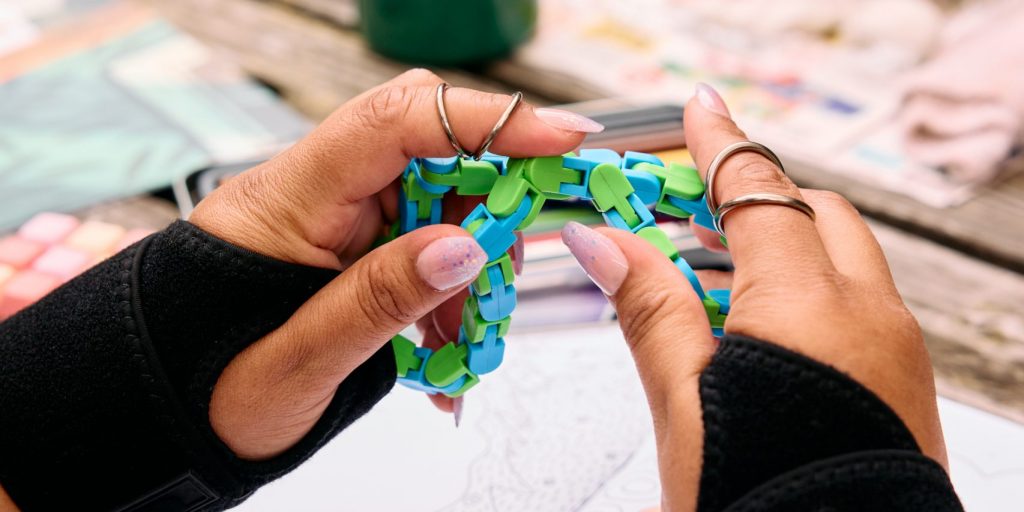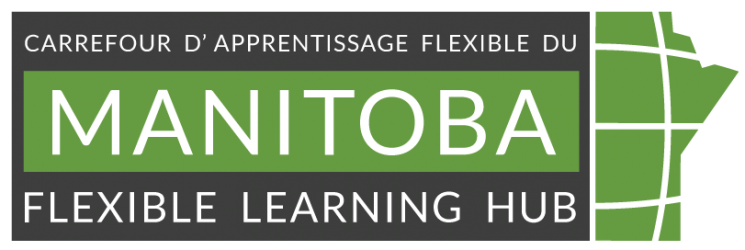
Designing for Everyone: The Neurodiversity Design System
An interview with Will Soward, accessibility advocate and creator of the Neurodiversity Design System (NDS)
In the evolving landscape of digital education, accessibility has often been relegated to an afterthought, something to be retrofitted rather than built into the foundation of online learning environments. Will Soward, an accessibility and user experience specialist from New Zealand, is working to change that mindset with his Neurodiversity Design System (NDS).
The birth of the Neurodiversity Design System
During our interview, Soward shared the story behind the creation of the NDS. After years of working in education, primarily in tertiary (post-secondary) institutions, he moved into the online education space in 2017. While working at TANZ (Tertiary Accord of New Zealand) eCampus, Soward found himself repeatedly explaining the importance of accessibility in project after project.
“I was finding that in the initial stages of project development, I was repeating myself continually over and over again, saying we need to be accessible first,” Soward explained. “We need to consider these types of learners, and we need to make sure that we’re building from a firm foundation of accessibility up.”
The challenge wasn’t just about implementing accessibility features, it was about justifying them to decision-makers in short time frames. Will pondered how to communicate with leadership effectively. Questions he pondered are How do you explain in a 15-minute meeting why certain typefaces, colours, layouts, or components are necessary? How do you convince management that implementing accessibility now is more cost-effective than retrofitting it later?
This is where the NDS was born, out of the need to create an educational platform that would help people in positions of making decisions understand the value of accessibility.
Structure with purpose
The NDS was intentionally designed with a specific structure to serve its audience, particularly upper management and decision-makers who might not be versed in accessibility principles.
“Each page follows that pattern of giving you ‘the skinny’, which gives you a high-level, thousand feet understanding of what it is that you should be doing as a principal, and then you have the detail afterwards,” Soward noted.
This approach allows busy professionals to quickly grasp the core concepts before diving deeper into the specifics. The NDS doesn’t require users to follow a specific path or narrative; its shallow navigation structure was designed intentionally to make information accessible from multiple entry points.
MB Hub suggests instructors start with the persona section. Read the personas and reflect on how they can help those students with course design.
Beyond rules: understanding the ‘why’ of accessibility
What sets the NDS apart is its focus on explaining the reasoning behind accessibility principles, not just providing a checklist of rules to follow.
“We end up doing things without actually understanding why we’re doing them,” Soward observed. “We pick the colours we want, we run them through a colour contrast checker, and we’re like, ‘Oh, okay, those are the colours we need.’ But we don’t actually know why.”
The NDS aims to bridge this gap by explaining the foundational principles of accessibility. This understanding enables more meaningful innovation and appropriate implementation. As Soward put it, “That’s where the really good innovation comes from, the reasons why we’re doing something.”
Cultural inclusion in design
An interesting aspect of the NDS is its integration of Māori concepts and terms throughout the system. This intentional inclusion reflects New Zealand’s bicultural framework and demonstrates how accessibility extends beyond considerations for disabilities to include cultural accessibility.
Soward explained how recent political changes in New Zealand have unfortunately led to a rollback of some of these inclusive practices, with the current government reversing progress made in incorporating te reo Māori (the Māori language) into institutional names and educational frameworks.
This parallel between accessibility and cultural inclusion highlights an important principle: good design is inclusive design, considering not only physical or cognitive needs but also cultural contexts.
Breaking misconceptions about accessibility
One of the most valuable insights from our conversation with Soward was his nuanced approach to accessibility. He pushes back against the common misconception that accessibility is an all-or-nothing proposition.
“It doesn’t have to be 100% accessible or nothing”, he explained. “You can have 50% here or 100% there. It can be scattered… the intention of using accessibility, not just accessibility for accessibility’s sake.”
This pragmatic approach recognizes that different content serves different purposes. Decorative elements might not need the same level of accessibility as critical information. Marketing materials might have different requirements than educational content.
Future directions
When asked about the future of the NDS, Soward mentioned several areas for expansion:
- Audio principles – Expanding guidelines for audio content.
- Contrast as a standalone principle – Moving beyond just colour contrast to address the needs of highly sensitive persons (HSP) who may find high contrast text overwhelming.
- Closed captions and subtitles – Addressing trends in caption styles, particularly in social media, where rapidly changing, animated text can be complex to follow. /li>
He also expressed interest in conducting more exhaustive accessibility testing to gather data that could validate or challenge current accessibility assumptions.
Collaboration and community
Perhaps most importantly, Soward emphasized that the NDS is meant to be a collaborative effort. He welcomes input from others who have ideas or experiences to share, recognizing that accessibility is a continuously evolving field that benefits from diverse perspectives.
“I don’t think it should stop at the NDS either,” he noted. “The NDS isn’t the be-all and end-all of things I want to do.”
Takeaways for educators and designers
- Start with accessibility in mind – Building from a foundation of accessibility is more effective than retrofitting later.
- Understand the “why” behind accessibility guidelines – Knowing the reasoning enables better implementation and innovation.
- Take a practical approach – Not everything needs the same level of accessibility; focus on what matters most for your audience.
- Test with real users – As Soward noted, “You don’t need a pool of a thousand people… You need six people that you selected in a room.”
- Look beyond traditional accessibility concerns – Consider cultural inclusion, highly sensitive persons, and other often-overlooked aspects of accessibility.
The NDS embodies a thoughtful approach to accessibility that transcends compliance to foster genuine understanding and innovation. By focusing on the “why” behind accessibility principles and embracing a flexible, collaborative approach, it offers a valuable resource for anyone committed to creating truly inclusive digital environments.
For more information about the Neurodiversity Design System, please visit the Neurodiversity Design System website.
 Will Soward: A Maker of Creative Digital Things
Will Soward: A Maker of Creative Digital Things
Invested in making online education accessible for neurodiverse learners and the Web a better place to learn. Speaking about UX and accessible UI design. Over 6 years as a UX designer, 12 years as an educator, and 20 years of front-end design and code. Currently working as a UX/LX Designer for Tait Communications, in the mighty Aotearoa New Zealand.
